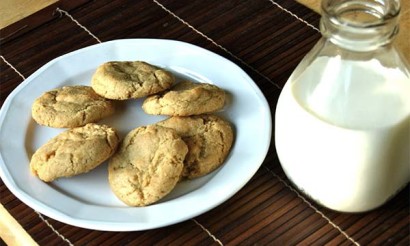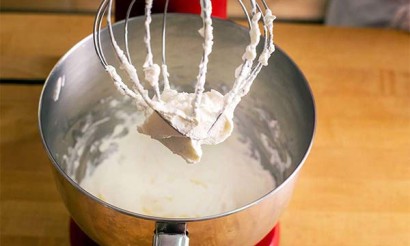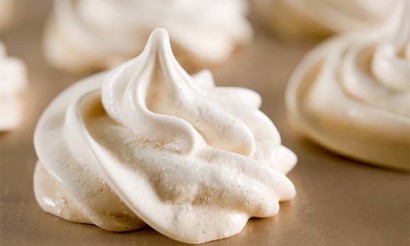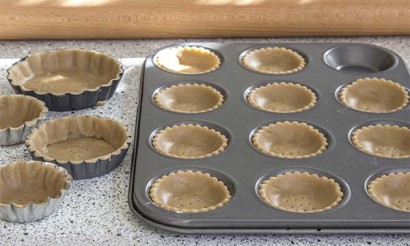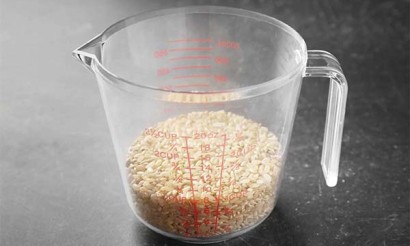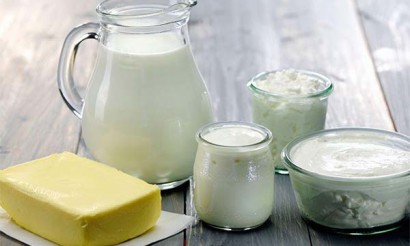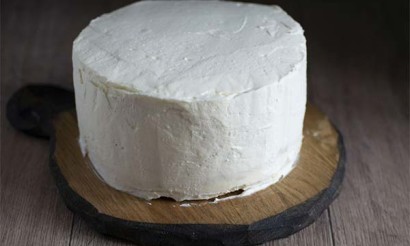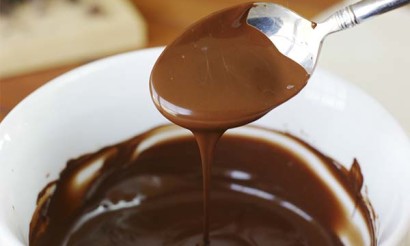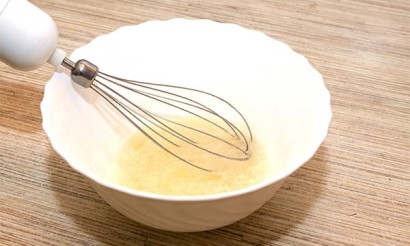How can you tell if an avocado has gone bad? Top signs.
The avocado, alligator or butter pear is among the top 10 healthiest foods. The fruit is high in antioxidants, unsaturated fatty acids, potassium and the fat-burning amino acid L-carnitine. The exotic fruit has a limited period of a few days between maturation and the beginning of rotting. It is important to be able to choose a quality fruit and keep its nutritional value as long as possible.
Signs of a bad avocado.
To avoid damaging your health, you shouldn't eat avocados that show signs of spoilage:

- Skin characteristics. The color of the skin is difficult to judge the quality of the product, but if it is black and covered with moldy spots, the fruit is definitely spoiled, not suitable for eating. Another indicator of overripe fruit is dents and wrinkles on the surface. Even if there are no visible changes or deformations on the skin, you should verify the freshness of the fruit by pressing it with your fingers or squeezing it in your palms. Avocados are judged unfit for consumption based on excessively soft rind and deep indentations.
- Fleshiness of the flesh. The appearance of brown, black spots, and dark, longitudinal stripes inside the avocado indicates that rotting is occurring. Fruits with spots under the skin left after pressure and dark stripes characteristic of some avocado varieties are not considered to be spoiled. In this case, other traits are used to determine if the avocado is unfit for food.
- Smell and taste. If the smell of the nut oil has changed to chemical and the taste has changed from sweet to sour, musky, or rancid, eating the fruit is dangerous to health.
- Moldy spots. It doesn't matter where the mold appeared, outside or inside. A fluffy white or gray patina is a clear signal to dispose of the product. Even if the affected area is small, you should not save the undamaged pulp. It, too, can be contaminated with mold spores.
Poisoning symptoms and first aid
Accidentally poisoned not only spoiled avocados, but also by immoderate consumption, the inclusion in the diet of unripe, containing fungicidal toxins, fruits.
Intoxication of the body is accompanied by symptoms typical of food poisoning:
- bloating, diarrhea;
- nausea, vomiting;
- cramps in the abdomen.
Against the background of decreased synthesis of insulin, increasing blood glucose levels in the victim has headache, weakness, persistent thirst, there may be a coma.
Often develops an allergic reaction, manifested by skin rashes, itching, sore throat, cough.
In first aid the victim is offered to drink a few glasses of weak solution of potassium permanganate or just clean water to induce vomiting. The stomach is emptied until all food remains are expelled.
For binding, elimination of toxins from the intestine, the patient is given activated charcoal, Polysorb, Smekta or Enterosgel, in the presence of an allergic reaction - an antihistamine (not earlier than an hour after taking the absorbent).
An ambulance is called if a child is poisoned by avocados, the symptoms of intoxication have not passed in two days, hyperglycemia has developed or a severe allergic reaction requiring medical intervention.
How to choose fresh fruit when buying
The Hass variety, popular around the world, has a bright green irregular skin on unripe fruits, dark green or purple-black on ripe ones. Don't rely entirely on the color of the skin, as there are more than five hundred varieties of avocado in different shades of color. When selecting fruit at the point of sale, pay attention to other nuances:
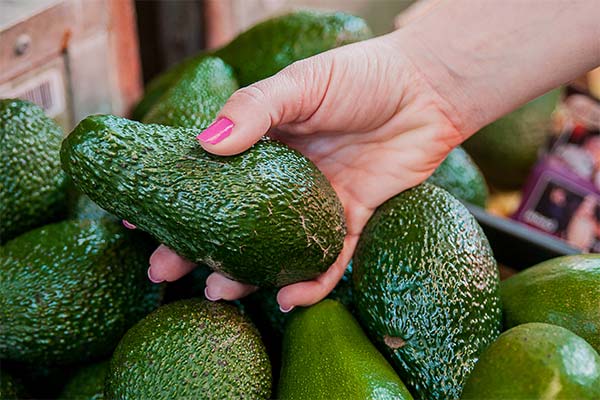
- The smooth or bubbly rind of the fresh fruit has no mold, rot, or signs of mechanical damage. Its color is not too light or black.
- Unripe avocados remain firm when squeezed in the palm of the hand. The ripe fruit squeezes through, returning to its original state almost immediately. Deep indentations remain on the fruit, which should not be eaten.
- If you shake a ripe avocado, you hear a characteristic sound. Its source is a pit separating from the pulp and rolling around inside.
- You can tell how ripe it is by the skull. With ripe fruit, it is withered and comes off easily, with unripe fruit, the stalk is green and hard to remove, and with overripe, spoiled ones it comes off by itself.
The method of determining the ripeness of an avocado by the color of the flesh under the stalk is not informative, since the area free of peel is very small.
Shelf life and storage conditions
To ensure that the exotic fruit retains its consumer properties as long as possible, provide suitable storage conditions:
- humidity - at least 85%;
- T - 2-12°C, without sudden changes;
- Restrict access to light and oxygen.
Whole fruit is stored up to two weeks on the farthest shelf from the freezer in the refrigerator in an upright position with the petiole upwards. The fruit is wrapped in foil or parchment so that it is in less contact with air and light.
The cut avocado can be stored for up to six days, along with the pit, in a food container, smearing the cut with vegetable oil or a splash of lemon juice.
Avocado puree with lemon juice in a sealed plastic container retains consumer properties in frozen form for up to four months.
Q&A
Housewives who use avocados in home cooking recipes wonder what a quality product looks like inside and whether the brown cut of the pulp and bitterness in flavor will harm their health.

What should the inside of an avocado look like?
The ripeness of an avocado is difficult to tell by the color of the flesh. Depending on the variety and cultivation sites, the cut may be white, pale yellow, greenish, or even bright yellow.
The flesh of a quality fruit is soft, buttery, juicy. In the center of the fruit is a pit with two seedpods in the shape of a drop, oval, or sphere.
The avocado inside is brown: can you eat it?
The alligator pear, like an apple or banana, turns dark on the cut in a matter of minutes. This does not make the product less edible, but it impairs its taste. The color change is caused by oxidation of the tissues as phenolic compounds interact with oxygen.
To preserve the color of a cut avocado, keep it in a sealed container with lemon juice or olive oil on the slice. Large chunks of onion placed at the bottom of the container help preserve the pulp.
Brown, brown, brown spots around the pit are a sign of beginning rot.
Why is an avocado bitter?
A quality buttered pear is not bitter. There are several reasons for the flavor defect:
- The fruit ripened in the dry season, the concentration of bitter substances increased.
- The avocado's structure has been destroyed by prolonged heat treatment.
- Bitterness is a natural sign of unripe or overripe fruit.
If the avocado is removed from the tree early, the fruit will ripen at room temperature in a few days (3-7) in a place protected from light. Wrapping the product in paper, bananas, and apples will speed up the process. The bitterness is gone when the rind becomes softer, the color more intense.
The bitter taste of overripe fruit occurs during the rotting process. Such fruit is not suitable for eating.
It is not possible to remove the bitterness from fruits that have grown under unfavorable weather conditions and have been baked in the oven for a long time.
To get the maximum benefit from avocados, avoid food poisoning, the fruit is carefully selected in the store, provide storage conditions.
«Important: All information on this site is provided for informational purposes only. for informational purposes only. Please consult with your health care professional before using any of the recommendations. specialist before using any of the recommendations. Neither the editors nor the authors shall be liable for any possible harm caused by materials."

